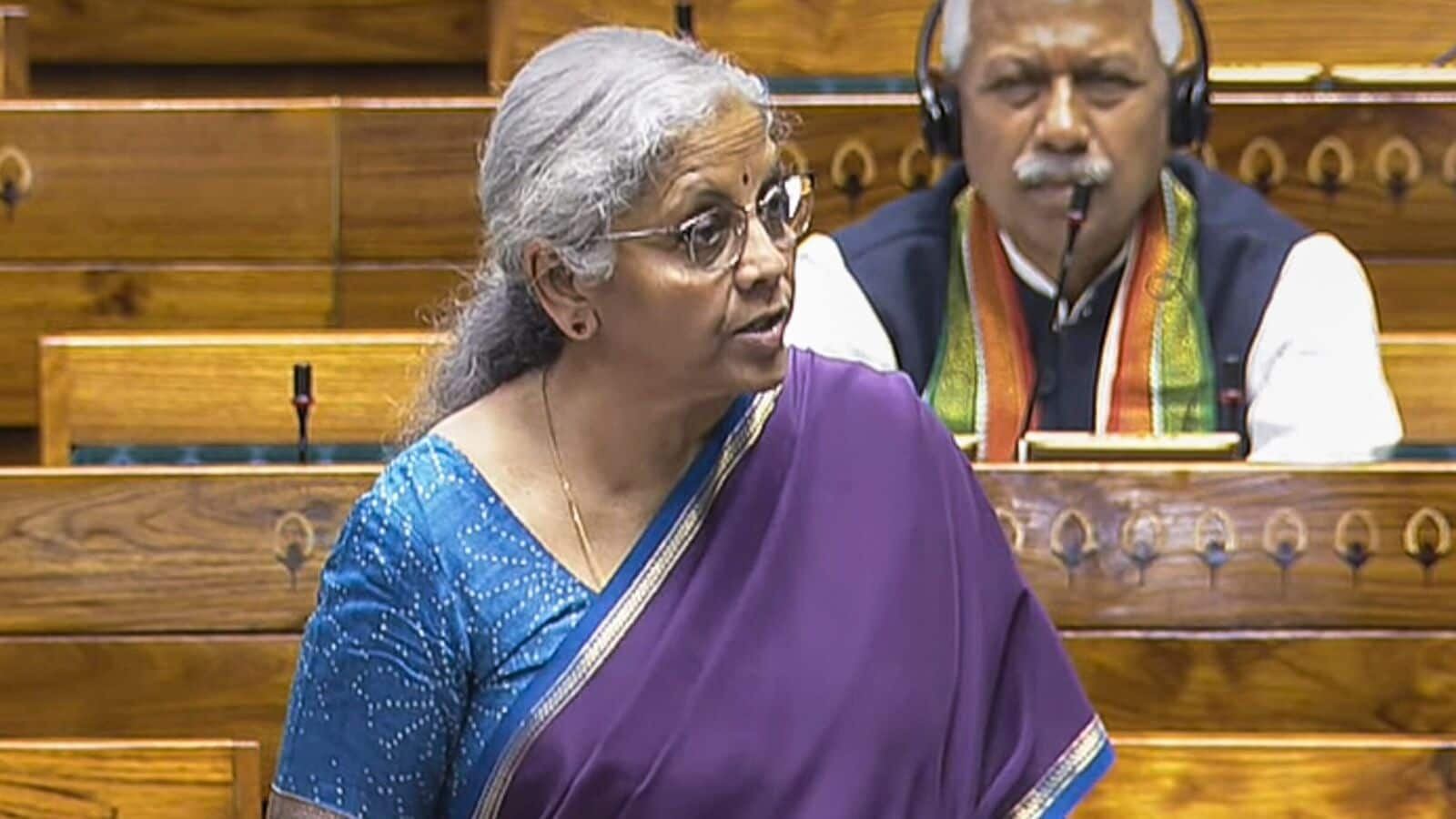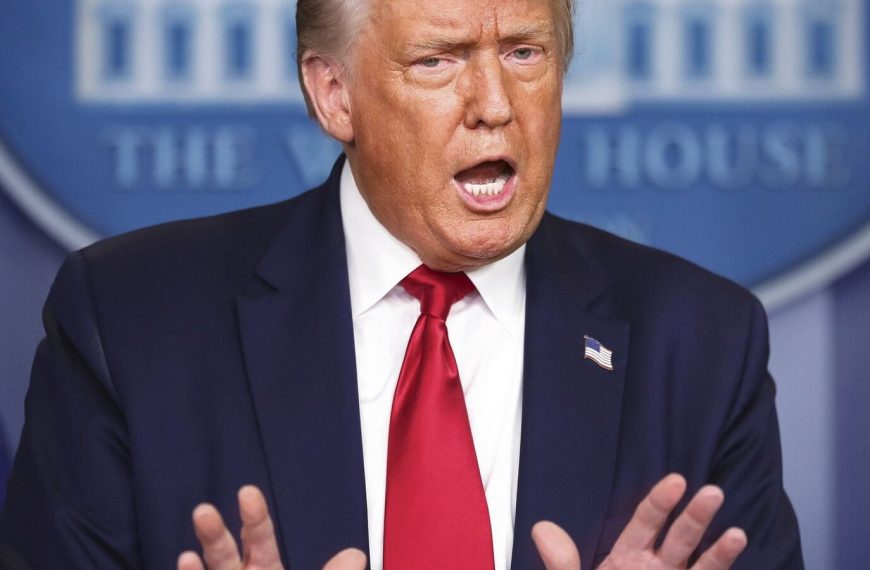In a significant move, Finance Minister Nirmala Sitharaman has requested Parliament’s authorization for an additional ₹51,463 crore in spending for the fiscal year 2025. This funding primarily addresses subsidies for fertilizers, food, cooking gas, and defense pensions. Alongside this, the government is seeking approval for an extra ₹6.27 trillion in expenditures, predominantly focused on debt repayments, which will not require additional cash outflow due to savings and increased revenue.
Key Financial Allocations
The newly proposed budget allocations reveal a strategic distribution of funds:
- Fertilizer Subsidy: ₹14,100 crore
- Defense Pensions: ₹8,400 crore
- Other Pension Requirements: ₹13,400 crore
- Telecom Sector: ₹5,300 crore
- Farm Sector: Over ₹2,100 crore
- Petroleum Sector (Cooking Gas Subsidy): ₹1,000 crore
Notably, 88% of the ₹6.27 trillion will be directed toward debt repayment, ensuring that the bulk of this spending does not result in immediate cash outflows.
Fiscal Discipline and Growth Targets
The revised estimates from February projected a fiscal deficit of ₹15.69 trillion for the current year. The government is committed to adhering to its fiscal deficit target of 4.4% of GDP for the upcoming financial year, bolstered by prudent savings and revenue collection strategies. The NDA government’s focus on budget discipline remains unwavering.
So far this fiscal year, tax collection has shown promising trends. By mid-February, direct tax collections reached ₹17.78 trillion, marking an impressive 15% annual growth. Additionally, GST receipts have climbed to ₹3.4 trillion, reflecting a 9.7% increase compared to the previous year.
Enhanced Fiscal Management
In a bid to strengthen fiscal discipline, the government has reduced the number of extra spending permissions from three to two during a financial year. This change aims to ensure more focused and responsible budget management.
In the recent union budget delivered on February 1, the government established a new objective to lower its debt from 57.1% of GDP in FY25 to 50% by March 2031. This ambitious goal will require careful calibration of the annual fiscal deficit.
Conclusion
As the government navigates its financial landscape, the emphasis on prudent spending and effective revenue generation will be critical. With a commitment to fiscal accountability, the upcoming fiscal measures signal a strategic approach to managing India’s economic growth and stability.
For further insights on this topic, stay tuned to updates from the Ministry of Finance and consider reading more about the implications of these budgetary decisions on the economy.











